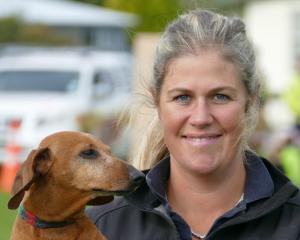The large, shallow lake and adjoining swamp, 5km east of Balclutha, is known as a habitat for threatened species but is also part of the Lower Clutha flood control drainage system.
To protect the surrounding farmland, created by drainage of part of the wetland, the lake's water levels are controlled by a complex series of pumps and floodgates operated by the regional council.
A 12-month study of the water quality and ecosystem health of the lake's catchment found that while there had been no great change in water quality since 1995, it would fail the new Plan Change 6A.
Water quality scientist Rachel Ozanne said in a report to the council's technical committee the study showed E.coli, total nitrogen, total phosphorus and turbidity all exceeded 6A limits.
''The lake is classified as having 'poor' water quality.''
Despite this, the fish community was diverse, although the freshwater mussel population was declining.
Since 2006, the lake had spent longer below the minimum level.
''As the lake level is so shallow, a sustained low lake level will adversely affect ecosystem values.''
Council director of engineering, hazards, and science Gavin Palmer said there were conflicts between land use and ecosystem values in the catchment and the council was trying to find the balance between these issues and also operate the flood scheme.
Work began late last year with the lake's community to come to an understanding of what the future operation of the lake system should be.
The council was now looking to make structural changes and set performance measures for the lake.
''We expect in the next few weeks to have the applications for resource consent prepared for the structural changes.''
If granted, the changes could be in place within six to 12 months.
Cr Trevor Kempton said it was a particularly difficult management issue given farming practices were traditional, with no dairy intensification.
Chairman Stephen Woodhead, who farms in the wider catchment, described the lake as a ''shallow, muddy puddle''.
''I suggest it is a water quality issue reflected widely in South and West Otago. It's a challenge for landholders in this catchment.''












